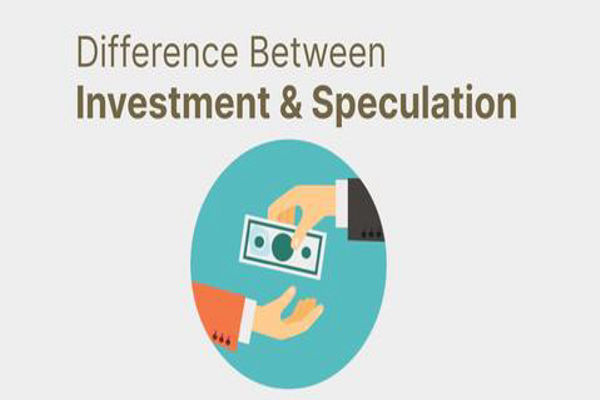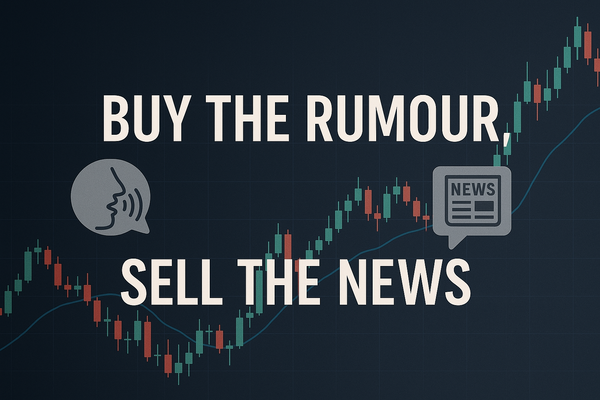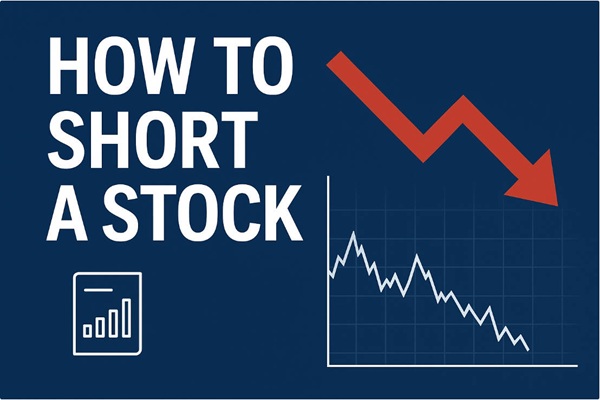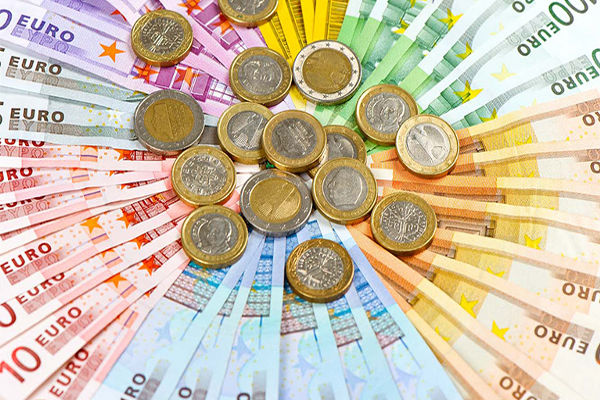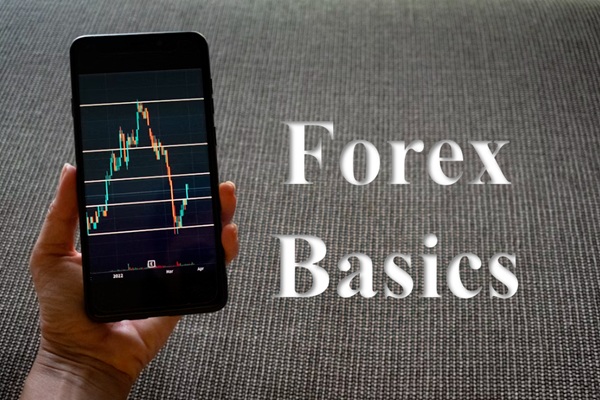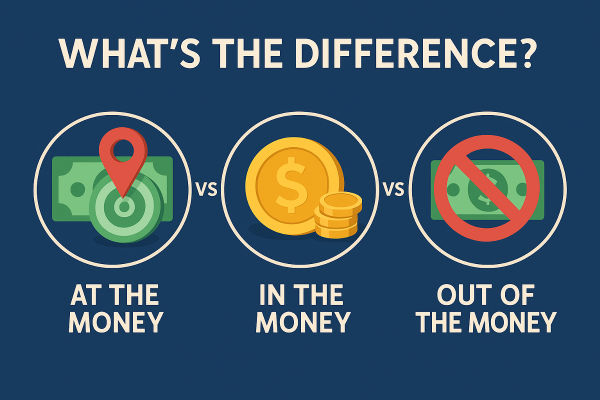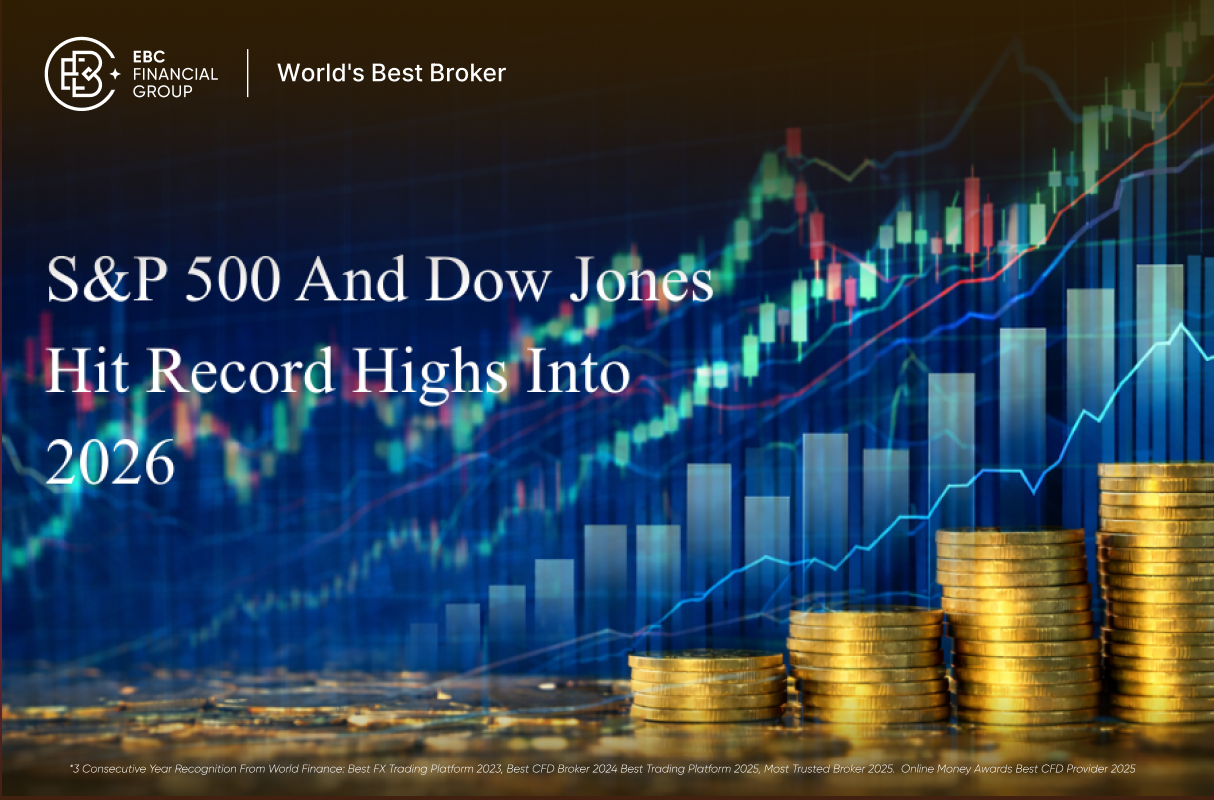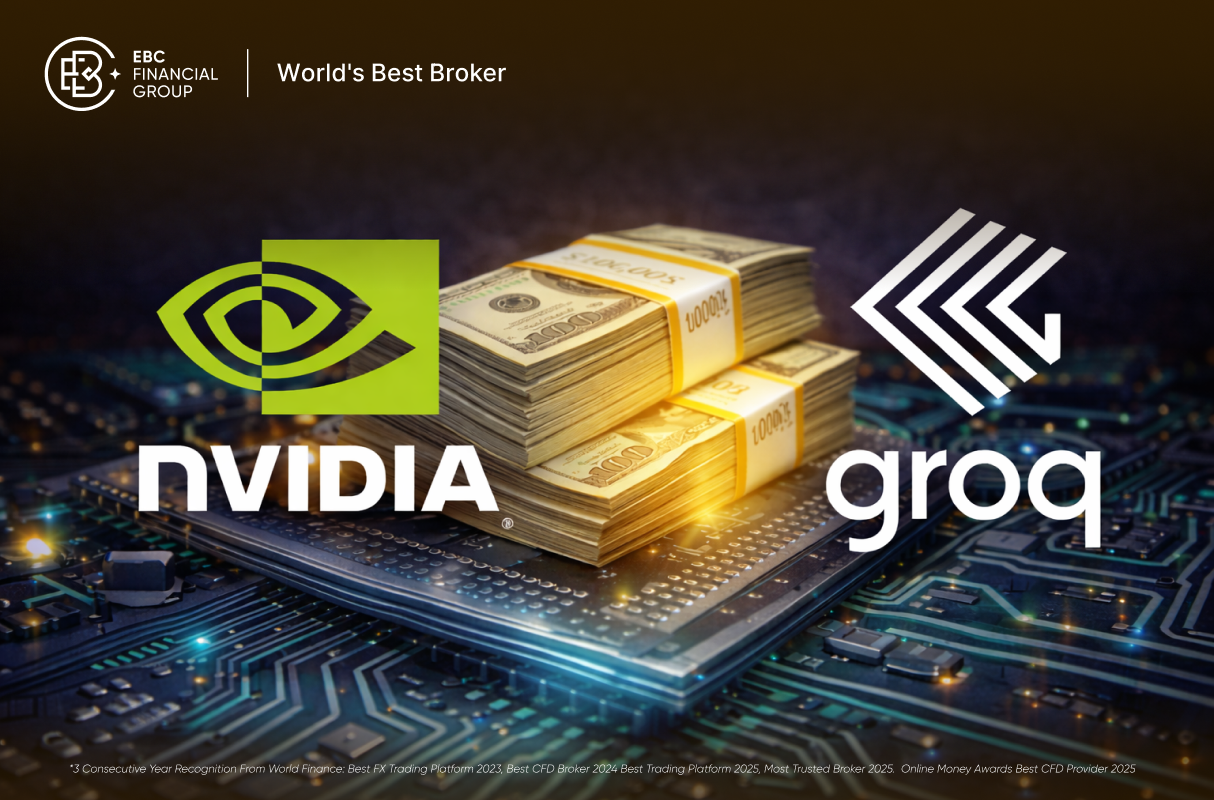The financial world has plenty of opportunities and risks. Whether you're buying stocks or real estate, how you approach these assets defines your financial journey.
One of the most important distinctions is the difference between investment and speculation. Though both involve deploying capital in the hopes of making a profit, they vary significantly in purpose, risk, strategy, and mindset.
In this guide, we'll break down the core differences between investing and speculating, provide real-world examples, and help you understand how to clarify your financial activities.
What Is an Investment?
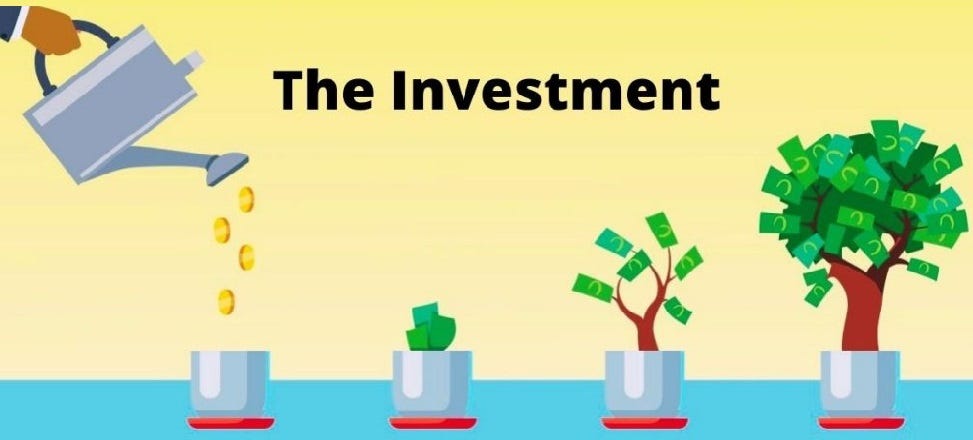
An investment is committing money or capital to an asset with the expectation of long-term growth, income, or both. Investors typically focus on fundamentals, value, and stability, aiming to grow their wealth over time through dividends, interest, appreciation, or other predictable income sources.
Key Characteristics of an Investment:
Long-term horizon
Lower risk
Focus on value and fundamentals
Return expectations grounded in economic performance
Diversification is common
When you invest, you expect your returns to come from intrinsic growth in the asset's value, not sudden market shifts or speculative hype.
Real-World Example of Investment:
Consider buying shares in Johnson & Johnson (JNJ). It is a well-established company with a long history of stable earnings, dividends, and global operations. An investor buys its stock expecting:
This purchase is based on the company's business model and financials, not a bet on a short-term price movement.
What Is Speculation?
Speculation, on the other hand, involves taking higher risks in pursuit of quick or outsized gains. Speculators often trade volatile or uncertain assets, relying more on price momentum, market sentiment, or timing than on an asset's underlying value.
Key Characteristics of Speculation:
Short-term focus
High risk
Uncertain or unproven fundamentals
Return expectations based on price movement, not intrinsic value
Often driven by emotion or trends
Speculation can lead to massive gains, but also dramatic losses. It's more akin to betting than investing, though both use similar financial instruments.
Real-World Example of Speculation:
A classic example is buying Dogecoin in 2021. Initially created as a joke cryptocurrency, Dogecoin gained value primarily due to social media hype and celebrity endorsements. Many traders bought it not because of its utility or technical advantages, but because they hoped the price would skyrocket in the short term.
This is a textbook speculative move: high risk, driven by sentiment, with unclear intrinsic value.
Core Difference Between Investment and Speculation
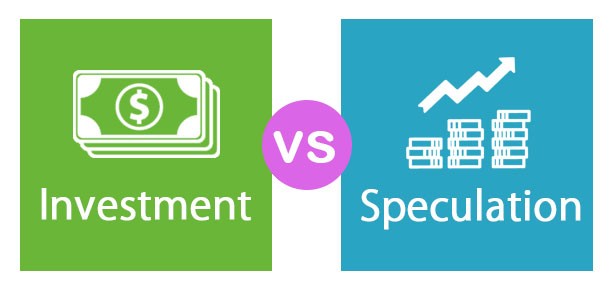
While both involve putting money at risk for a potential return, several distinctions set them apart.
1. Time Horizon
Investment: Typically years or even decades. The goal is to build wealth gradually.
Speculation: Often days, weeks, or months. The aim is to profit from market volatility.
2. Risk Profile
Investment: Lower risk through diversification, research, and holding quality assets.
Speculation: Higher risk with the potential for entire capital loss.
3. Decision Drivers
Investment: Decisions are based on financial metrics, such as P/E ratio, earnings growth, and cash flow.
Speculation: Decisions are based on price trends, news, momentum, or crowd behaviour.
4. Expectations of Return
Investment: Reasonable, often 6–10% annually.
Speculation: Expects high, quick returns—often unrealistic or unsustainable.
5. Psychological Approach
Investment: Involves patience, discipline, and a rational outlook.
Speculation: Often emotional, tempted with fear of missing out (FOMO) or greed dominating decisions.
Can They Overlap?
In some cases, the line between investing and speculating can blur. For instance:
Buying Tesla stock in 2013: Tesla had limited profits and unclear long-term viability. Many called it a speculative move. Today, it's considered a part of many investment portfolios.
Real estate flipping: Buying a house to renovate and sell within months is speculative. Buying a rental property for income and appreciation is an investment.
The same asset can be an investment or speculation, depending on your intent, research, risk management, and holding period.
How to Tell Which One You're Doing
Ask yourself the following questions to determine if you're investing or speculating:
1) Why am I buying this asset?
2) How long do I plan to hold it?
3) What's my basis for believing it will increase in value?
4) What will I do if the price drops 20%?
These questions help you clarify your strategy and emotional alignment with your financial goals.
Why It Matters: The Risks of Confusion
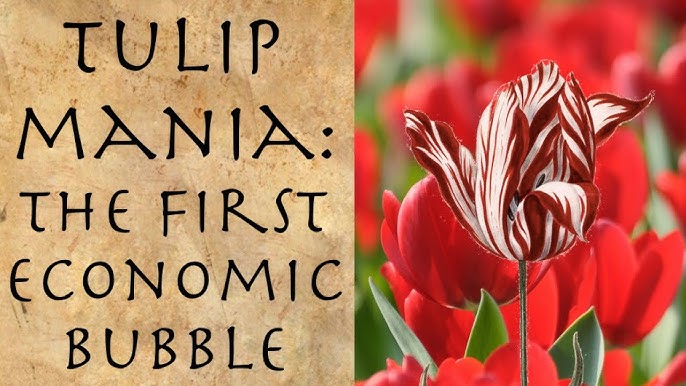
Confusing speculation for investment can be financially dangerous. Here's why:
1. Improper Risk Management
Speculators often take larger positions without stop-losses or diversification. If you think you're investing when you're speculating, you may underestimate the risk.
2. Unrealistic Expectations
Believing you'll double your money in weeks or months sets you up for disappointment or reckless behaviour.
3. Financial Planning Errors
Speculative capital should never be part of your retirement savings, emergency fund, or essential wealth-building plans. Knowing the difference helps you allocate money correctly: long-term investments for stability, short-term speculation with money you can afford to lose.
Famous Historical Examples
Tulip Mania (1637)
Often cited as the first recorded speculative bubble, the price of tulip bulbs in the Netherlands surged due to the frenzy and fear of missing out. Eventually, prices collapsed, and many lost their fortunes. The tulips had no intrinsic value to justify such prices—pure speculation.
Dot-com Bubble (1999–2000)
Investors rushed into internet companies with little to no revenue, betting on future growth. Some became major players (like Amazon), but many crashed. Those who did due diligence and held strong businesses made investments; those chasing hype were speculating.
GameStop (2021)
GameStop's meteoric rise was fueled by retail traders on Reddit's WallStreetBets, not company fundamentals. While some treated it as a way to protest Wall Street, most participated as speculators, hoping to ride the momentum for a quick profit.
Building a Balanced Portfolio: Blending Investment and Speculation
The best approach for most individuals is to build a core portfolio of long-term investments, such as:
Once this foundation is solid, you can allocate a small portion for speculation, whether in:
Emerging tech stocks
Options trading
This ensures you can pursue higher-risk opportunities without jeopardising your long-term financial security.
Conclusion
In conclusion, the difference between investment and speculation lies in your intent, strategy, risk tolerance, and behaviour. While both play a role in the financial ecosystem, each serves different purposes and requires different mindsets.
Before putting your money into any opportunity, ask yourself: Am I investing, or speculating? Understanding this difference helps you avoid unnecessary risk and aligns your financial actions with your broader goals.
Disclaimer: This material is for general information purposes only and is not intended as (and should not be considered to be) financial, investment or other advice on which reliance should be placed. No opinion given in the material constitutes a recommendation by EBC or the author that any particular investment, security, transaction or investment strategy is suitable for any specific person.
